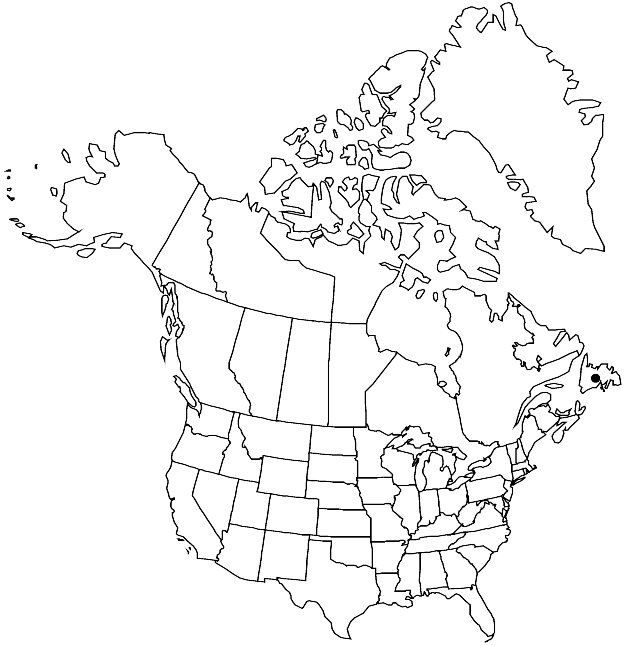Homalothecium sericeum
in P. Bruch and W. P. Schimper, Bryol. Europ. 5: 93. 1851.
Plants medium-sized to large, in dense or loose tufts, light green to golden or brownish yellow. Stems to 5 cm, moderately densely pinnate, branches 5–7 mm, curved and secund from substrate. Stem-leaves erect-appressed, ± homomallous, triangular-lanceolate, (1.3–) 1.8–2.4 × (0.4–) 0.6–0.8 mm; base short-rounded, narrowly decurrent; margins plane or often recurved at places, serrulate, proximal teeth more prominent, often recurved; apex acuminate or gradually tapered, acumen occasionally short-filiform, not providing hyaline-villous aspect; costa to 60–80% leaf length, terminal spine absent, occasionally present; alar cells ovate, 6–9 µm wide, region of 10–16 × 10–15 cells, moderately distinctly delimited; laminal cells linear, 40–85 × 5–6 µm; basal-cells irregularly ovate, short, region in 1–3 rows, indistinctly delimited from distal cells. Branch leaves appressed to erect when dry, spreading when moist, narrowly lanceolate, 1–2 × 0.2–0.5 mm; margins plane or recurved at places, serrulate or serrate proximally, entire or minutely serrulate distally; apex acuminate; costa to 60–85% leaf length, terminal spine sometimes present; alar cells subquadrate or irregularly ovate, 7–10 µm wide, region small, of 2–5 cells along margins, indistinctly delimited; laminal cells linear-flexuose, 40–90 × 4–7 µm; basal-cells in 1 (or 2) rows; distal cells smooth. Sexual condition phyllodioicous or dioicous. [Seta 1–2 cm, rough. Capsule erect, cylindric, straight or slightly curved, 2–3 mm; annulus separating; operculum long-conic, short-rostrate; peristome hygrocastique; exostome teeth papillose to base; endostome basal membrane moderately high, segments as long as teeth, narrow, cilia very short. Spores 15–19 µm].
Habitat: Soil in grasslands, rock, rock faces, shrubs growing on rock outcrops
Elevation: low elevations (0 m)
Distribution

Nfld. and Labr. (Nfld.), w Eurasia, n Africa, Atlantic Islands
Discussion
The rather weak molecular differences of the North American Homalothecium sericeum from European material (S. Huttunen et al. 2008) and the limited distribution in Newfoundland suggest a rather recent migration of H. sericeum to North America. The closest stations are in Iceland, 2500 km from Newfoundland. Brachythecium laetum also has opaque basal cells, but it never develops recurved teeth along the leaf margins in the alar region.
Selected References
None.
Lower Taxa
"long" is not a number."broad" is not a number.